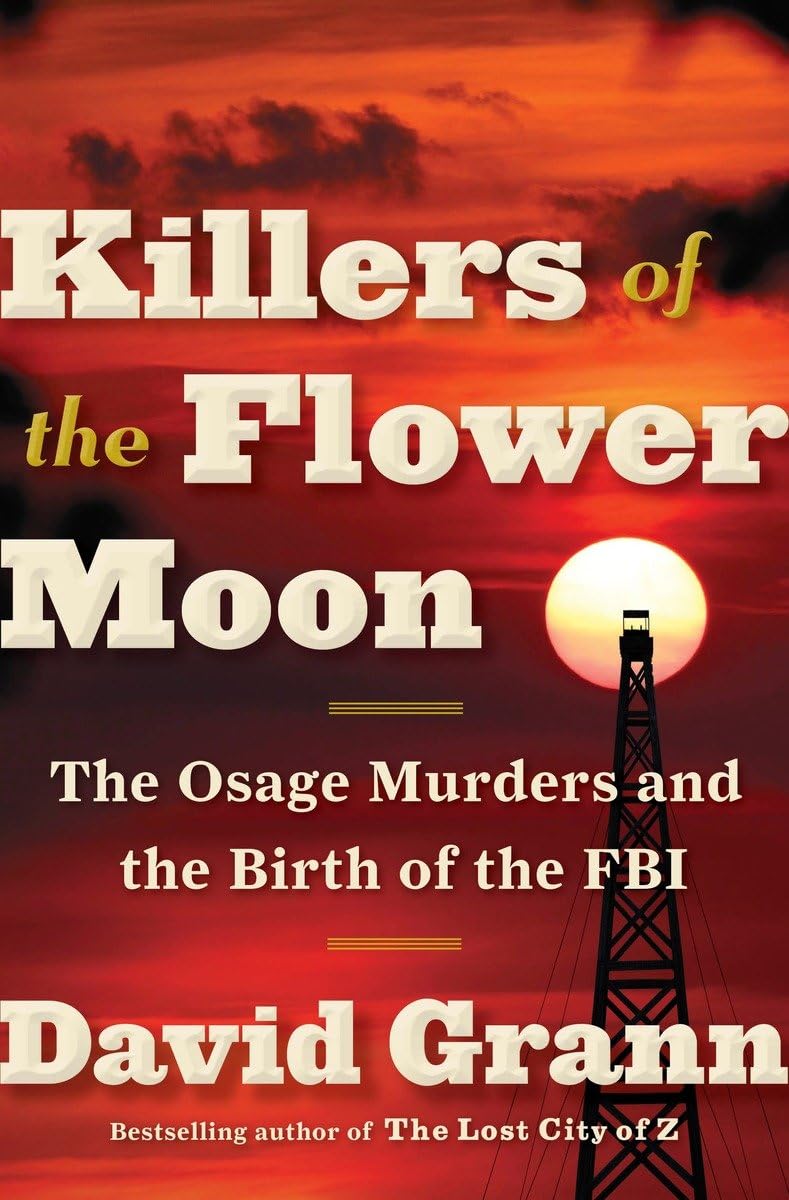A Note on the Sources
byThe section titled “A Note on the Sources” provides an in-depth overview of the extensive and varied materials used in researching and compiling the historical account presented in the book. These sources offer a detailed examination of the Osage murders, drawing from an expansive collection of archival materials across different regions of the United States. The research process involved gathering thousands of pages of FBI reports, secret grand jury proceedings, court documents, statements from informants, logs from private detectives, and personal correspondence. Additionally, unpublished manuscripts, diary entries, and even direct confessions from individuals involved in the crimes contributed to reconstructing the narrative with as much accuracy as possible. Many of these invaluable records were acquired through multiple channels, including formal requests under the Freedom of Information Act, and direct contributions from descendants of both the victims and the perpetrators.
Beyond the official documents, the chapter highlights the importance of oral histories and firsthand interviews in shaping the book’s comprehensive account. Conversations with family members of those affected by the Osage murders provided perspectives that formal reports could not capture, adding emotional depth to the historical record. Logs from private investigators who pursued leads outside government investigations further enhanced the understanding of the intricate details surrounding the crimes. The inclusion of contemporary newspaper reports also played a crucial role in reconstructing public perception at the time, helping to paint a more complete picture of the events. These articles, often written by journalists embedded in the community, documented the unfolding story in real time, revealing societal reactions, biases, and the prevailing attitudes toward justice and law enforcement.
The book also acknowledges the critical role of Osage writers, such as Louis F. Burns and John Joseph Mathews, whose scholarly works have been instrumental in chronicling the history and culture of the Osage people. Their writings provided historical context and cultural insights that allowed for a more nuanced understanding of the community’s experiences before, during, and after the tragic events. In addition to these literary contributions, the research benefited from the expertise of historians and academics specializing in Native American history, law enforcement, and early 20th-century American society. Experts such as Terry Wilson, Garrick Bailey, Dennis McAuliffe, Lawrence Hogan, and Dee Cordry offered valuable perspectives that helped frame the broader implications of the Osage murders within the larger context of systemic exploitation and injustice against indigenous populations. The work of Verdon R. Adams also provided critical analysis and research that further deepened the investigation.
A key aspect of the research process was the cross-referencing of information to ensure accuracy and avoid potential biases present in individual sources. Official reports, while detailed, often lacked the personal testimonies that could shed light on the emotional toll of the murders and the deep-seated fears that permeated the Osage community. Conversely, personal accounts, while rich in emotional and cultural context, sometimes needed to be verified against official records to maintain historical integrity. The book strives to balance these perspectives, ensuring that both the documented facts and the lived experiences of those affected by the crimes are presented with clarity and depth.
Furthermore, the chapter acknowledges the broader historical framework within which the Osage murders occurred, emphasizing the legal, social, and economic structures that allowed such atrocities to take place. The discovery of oil on Osage land brought unprecedented wealth to the tribe, but it also attracted individuals and institutions intent on exploiting this newfound prosperity. The legal guardianship system, which placed financial control of Osage wealth in the hands of white officials, created an environment ripe for corruption and abuse. By incorporating extensive research into these broader systemic issues, the book highlights the intersection of racial injustice, economic greed, and governmental failures that contributed to one of the most egregious crimes in American history.
In conclusion, “A Note on the Sources” underscores the meticulous effort undertaken to compile a detailed and authoritative account of the Osage murders. By blending official documents, personal narratives, investigative records, and scholarly research, the book aspires to provide a holistic and accurate portrayal of this dark chapter in history. The goal is not only to uncover the truth behind the crimes but also to honor the victims and ensure that their stories are remembered with the depth and dignity they deserve. Through this comprehensive approach, the book serves as both a historical record and a critical analysis of the broader forces that shaped the events surrounding the Osage murders.


